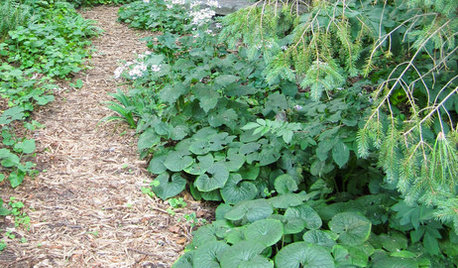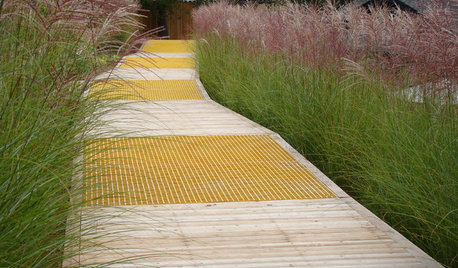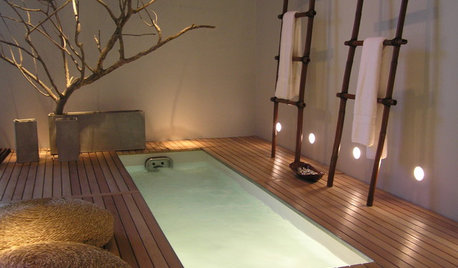Need to add ground to subpanel
malgyver
9 years ago
Related Stories

GROUND COVERSGround Force: 10 Top Ground Covers for Your Garden
Protect your soil from weeds and drought this summer with a living mulch of ground covers
Full Story
GROUND COVERSAsarum Canadense Adds Masses of Green to Woodland Gardens
Plant Canadian wild ginger in the eastern U.S. for a shade-loving native ground cover with spring flowers
Full Story
GARDENING AND LANDSCAPINGOld School Green Design: Add Texture With Grass
Ornamental grasses capture the breeze and ripple like water in the landscape
Full Story
GARDENING GUIDESGreat Design Plant: Creeping Juniper Holds Its Ground
Add texture and evergreen interest to a layered garden with this low-maintenance, good-looking ground cover
Full Story
GARDENING GUIDESGreat Design Plant: Bugle Weed, a Quick Ground Cover
It’s highly adaptable, suppresses weeds, reduces erosion and provide weeks of bright flowers. Just watch for invasiveness
Full Story
GARDENING GUIDESGreat Design Plant: Glandularia Rigida Paints the Ground Purple
Sandpaper verbena's deep purple flowers create a colorful carpet in drought-tolerant gardens
Full Story
DECORATING GUIDESNo Neutral Ground? Why the Color Camps Are So Opinionated
Can't we all just get along when it comes to color versus neutrals?
Full Story
GARDENING GUIDESHow to Prep Your Ground for a Healthy New Lawn
Seed or sod that falls on weedy, lumpy soil is a wasted effort. Follow these steps to ensure that your new lawn will thrive
Full Story









Ron Natalie
jakethewonderdog
Related Professionals
Three Lakes General Contractors · Amarillo General Contractors · Ames General Contractors · Cedar Hill General Contractors · Chicago Ridge General Contractors · Gloucester City General Contractors · Murrysville General Contractors · North Smithfield General Contractors · Pine Hills General Contractors · University City General Contractors · Emeryville Solar Energy Systems · Milpitas Solar Energy Systems · Pinellas Park Solar Energy Systems · Hollywood Home Automation & Home Media · Wheaton Home Automation & Home MediaSaltiDawg
malgyverOriginal Author
jakethewonderdog
jakethewonderdog
Joe1980